The story of a small church with a big history begins in February of 1879 when William Spaulding moved to Impression Bay on the Tasman Peninsula and set up the Lords Table in his home and commenced to preach the gospel to the community.
History
Timeline
Mrs Samuel (Sara) Mundy, who passed away on the 23rd of January 1882, is believed to be the first person to be baptised by immersion on the Tasman Peninsula.
By 1884, the church had grown to consist of a congregation of around 30, with 17 official members, and what is recorded as 15 student Bible scholars (children), complete with two teachers.
The church was further strengthened by the arrival of William’s brother George Spaulding in 1883, who directly undertook much of the preaching.
In 1885, the building of the first church commenced and wouldn’t be completed until 1889. The building was originally erected at Impression Bay with the opening ceremony attended by over 150 people. The land was donated by George Greatbatch and funded completely by local donations.
The 1890s saw a thriving church and church community. With the addition of Sunday school run by George and Syd Greatbatch. The brothers continued to run the Sunday school programs for over 40 years. There are still members of the local Nubeena Church of Christ congregation who have very fond memories of Sunday school with the ‘Mr Greatbatch’s’.
The first full time (paid) preacher, Mr Ira Durdin, was employed to the Lord’s work on the Tasman Peninsula in 1923.
The very early 1900’s saw continued growth of the community population, and subsequent growth of the church. In 1910, due to challenging conditions, it was decided to move the Impression Bay chapel to Koonya via bullock train. The chapel remained in the Koonya location until 1927.
In 1927, with the community on the Tasman Peninsula expanding predominantly towards what was to become the township of Nubeena, it was decided to again pick up the chapel and move it by bullock train to land purchased in Nubeena. This attitude of doing whatever was required to best reach and minister to the people of the Tasman Peninsula is synonymous with the church to this day.
In the late 1960s. Even with the significant modifications to the building, the chapel was no longer fit for purpose. The decision was made to procure another plot of land in the centre of the township of Nubeena and build new premises that would see the church expand and thrive into the future. Before commencing any building projects, however, the serving elders decided that they would need sufficient funding to complete the project. A figure of £2,000 was set. A month thereafter, the congregation would be required to donate this amount over the regular tithe to allow the eldership to commit to the project. The congregation came through, with all being of a single mind as to how important the new facility would be in reaching the local community.
The new church building was completed in 1973, and the existing, well-storied church was then sold to be turned into a family home. The building remained a family home for the next 35 years before being again sold and repurposed as a daycare centre, which remains to this day.
Milestones
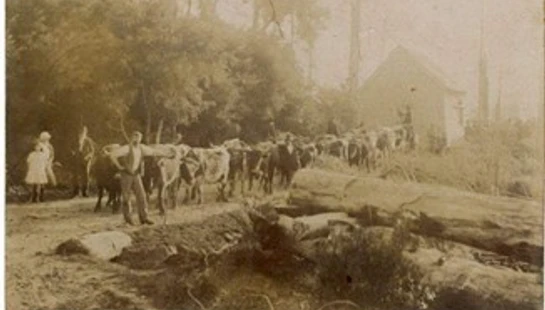
The Big Bullocky Moves: 1916 & 1927
Though only one photo remains of the church building being physically moved from Impression Bay to Koonya, over mountainous and narrow roads, stories have survived in plenty through the generations. Before confidence levels reached a point where they were willing to ‘load up the church’, two bullock teams from two different properties were trained to work together. This involved many humorous training sessions fraught with mild disasters; however, the church was eventually relocated successfully.
The church remained in Koonya until 1927, when it was decided to relocate the chapel again, this time to the principality of Nubeena, where a small township was developing around the burgeoning fishing industry.
Once the building was relocated to its current location, significant additions were made to accommodate the larger congregation.
Whether it was providence, coincidence, or the location of the building itself, the church ended up being in the very centre of the town, both geographically and in local significance.
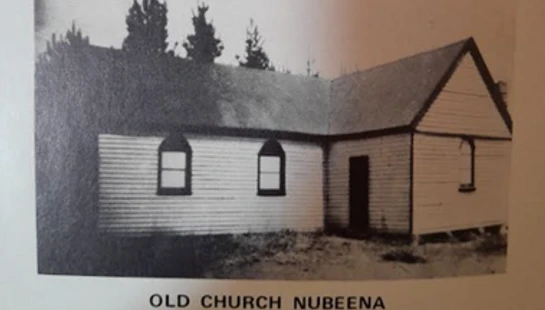
Nubeena’s largest church, situated between the town’s only school, grocery store, doctors’ surgery, and nursing home, meant that the church and any church event were quite literally at the very centre of town. While the building was in the centre of town, the church became the epicentre of the community. The geographical importance of the church’s location to the community led the elders of the church in the late 1960s to ensure the new building was placed as close as possible to the existing building. With land purchased, construction began directly across the road, ensuring that the building remained the hub of the community, and the outreaches provided the spokes to the tyre that is community service.
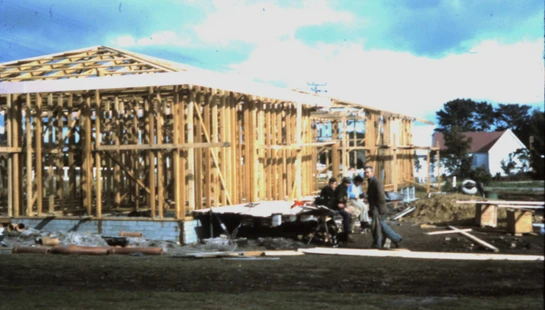
The Building Additions
One of the notable additions made to the church building after its relocation was the installation of a veranda in 1954. This was seen as part of the church's ‘mission’, as the veranda was for the use of the Sunday school. For a long time, the Sunday school was larger in size than the Sunday congregation, with around 65 students attending Sunday School and approximately 50 adult members in the congregation. This was owing to some very dedicated leaders, who would drive around the community and collect as many kids as they could convince adults to release from Sunday morning chores.
Because of the large number of students, Sunday school was held outside, which, according to a former student, Darcy Williams, “became most unpleasant during the rainy weather, over the winter period”. The veranda with a roof was a very welcome addition for the children.
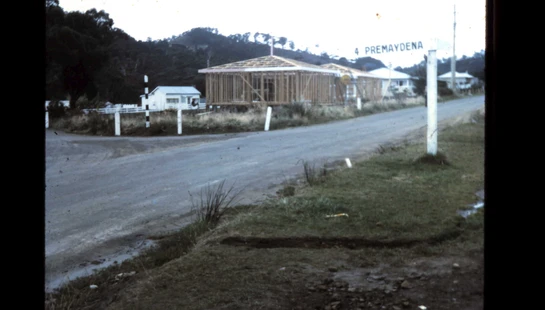
While the township of Nubeena is remote, the Nubeena Church of Christ has always ensured that it doesn’t do ministry in isolation, but remains connected to the broader body of Christ. The church both received and offered help from other churches with similar groundings in the faith. The minister from Hobart City Church of Christ was a regular supporter of the church, preaching every fourth Sunday. In addition to receiving support, the minister of the Nubeena Church of Christ contributed to the body by conducting circuit preaching with the Port Arthur and Highcroft churches. The preacher would generally walk over 25 km on any given Sunday to minister to the three churches. This three-church circuit preaching was maintained between the late 1890s and was completed around 1927 with the cessation of regular services at both Highcroft and Port Arthur.
Founding Members
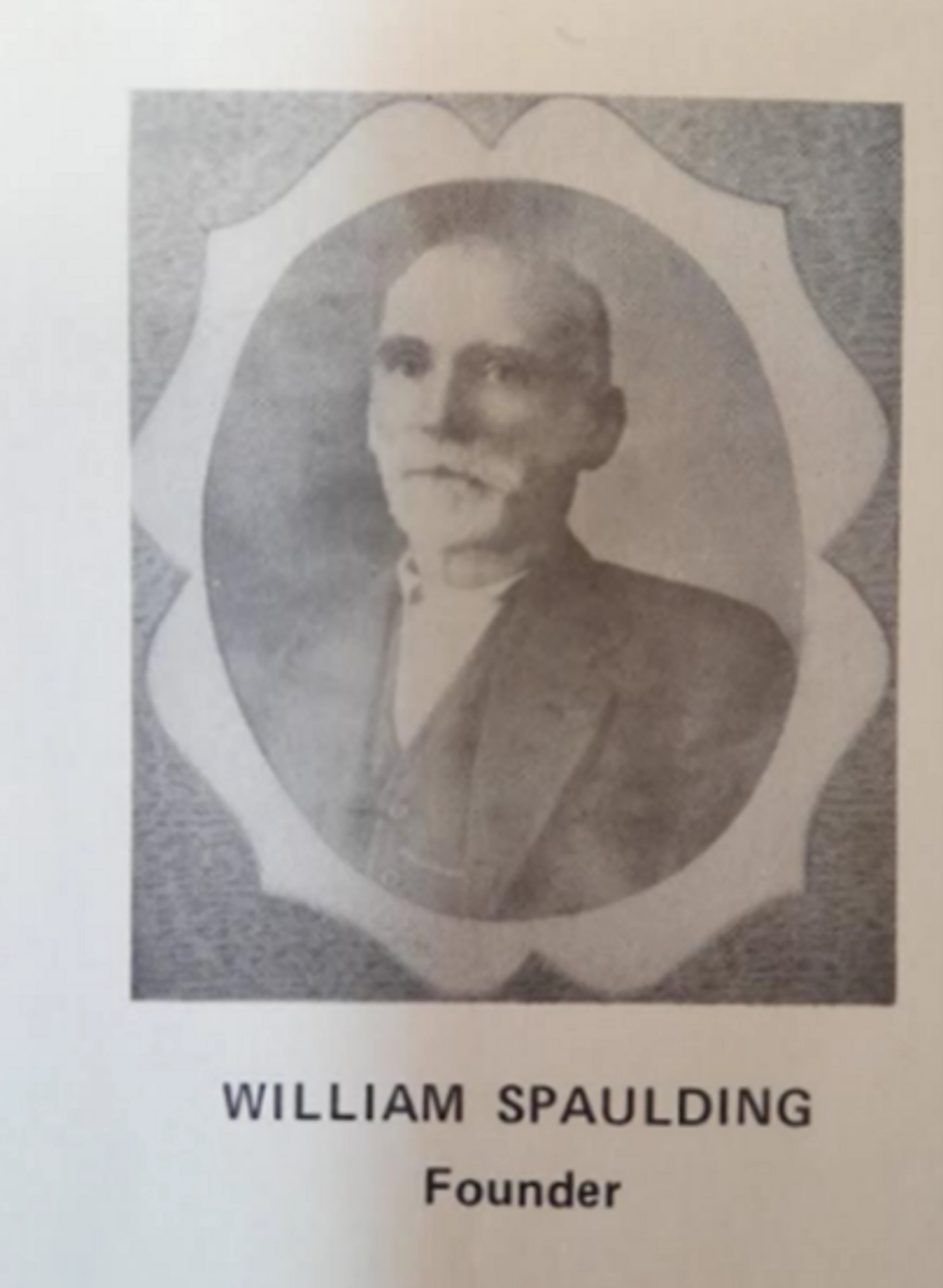
William Spaulding
William Spaulding is credited with establishing the Church of Christ on the Tasman Peninsula when he first set up “The Lord’s Table” in his home and began to preach the Gospel to the district in 1879. William Spaulding remained a leader in the church until he died, well advanced in years.
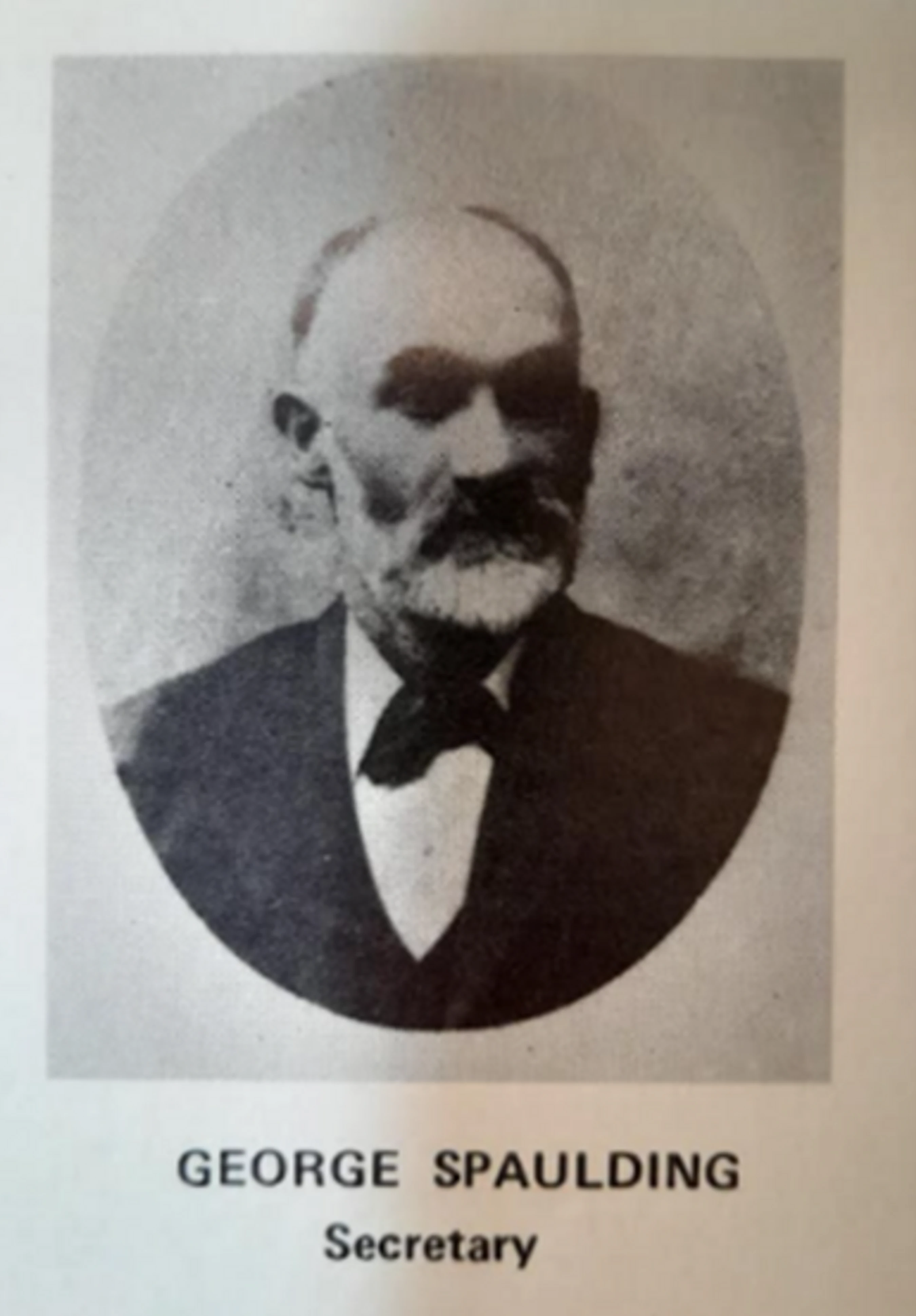
George Spaulding
George Spaulding moved to the Tasman Peninsula in 1883 and immediately took over the role of main preacher. George often held services for the people of the neighbouring towns of Port Arthur and Oakwood, and also encouraged them to incorporate Sunday schools into their ministries. George was instrumental in initiating the construction of the first church building for the Tasman Peninsula. Taking “The Lords’ Table” out of Williams Spaulding’s home and making it geographically more accessible to the people on the Tasman Peninsula. George remained as the predominant preacher until 1923, when the first full-time (paid) minister, Mr Ira Durdin, was employed.
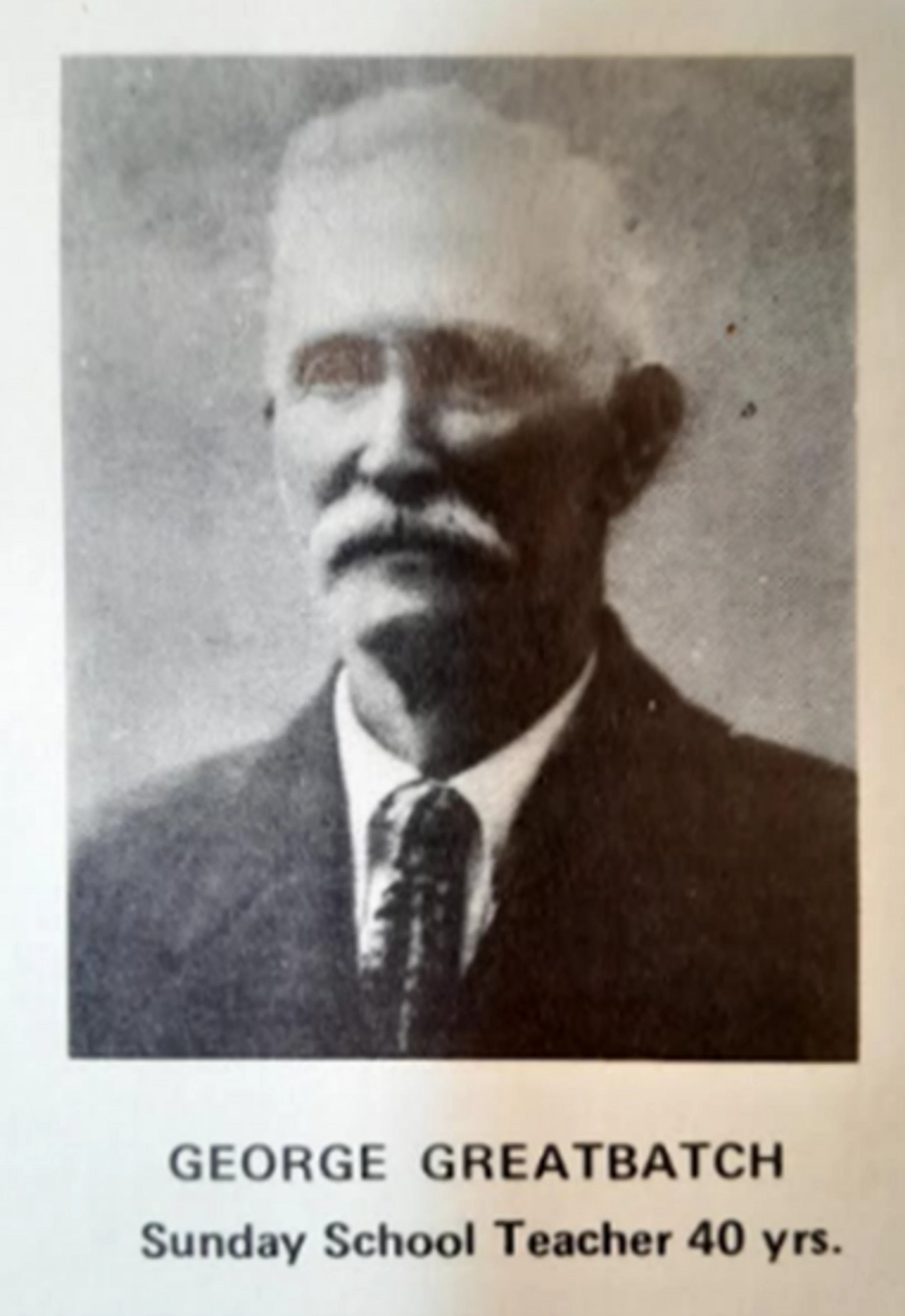
George Greatbatch
George Greatbatch is remembered for his generosity and his love for teaching kids “the word of God, as well as their letters and numbers” (Phyllis Parker). Along with donating the parcel of land in Impression Bay, the first location for “The Lords’ Table Chapel”, George was also the Sunday school teacher for over 40 years. George was responsible for not just teaching the word of God to the children of the Tasman Peninsula, but also for introducing them to reading and arithmetic. Current member of the Church of Christ congregation, Phyliss Parker (96 years young), remembers George and his brother Syd as “the most wonderful men, of whom no one had a single bad word to say”.
